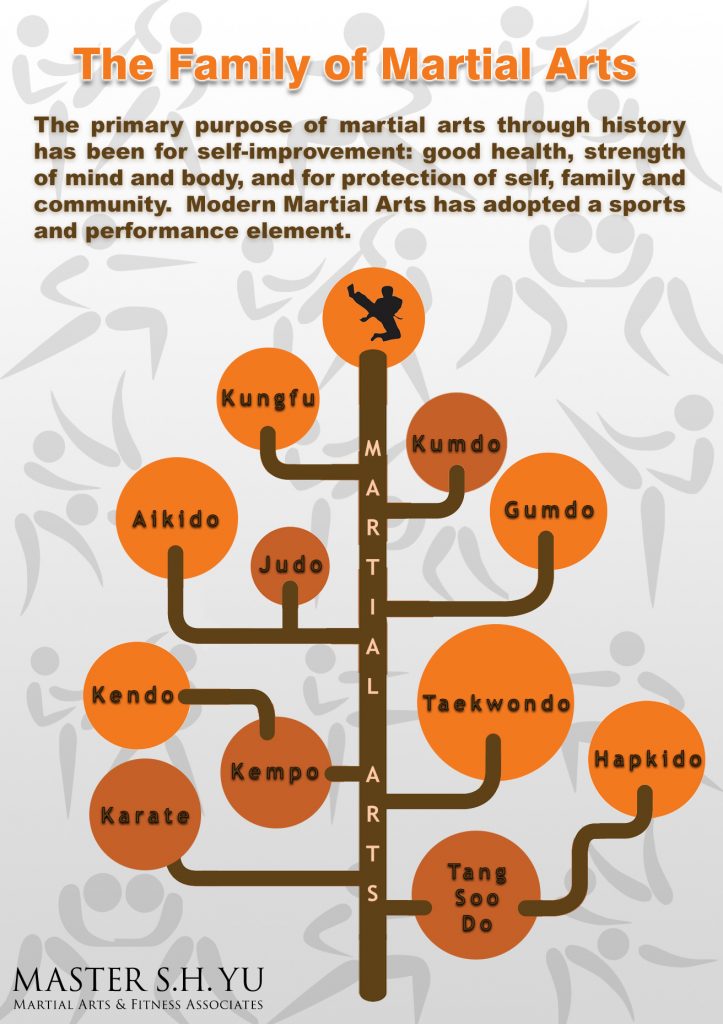Flexibility Is Vital In Martial Arts Education And Learning
Flexibility Is Vital In Martial Arts Education And Learning
Blog Article
Short Article Produced By-Kaufman Haslund
Did you understand that adaptability plays a critical role in martial arts training?
Actually, a study conducted by the International Journal of Sports Physical Treatment exposed that over 80% of martial artists battle with minimal versatility.
But why is versatility so essential? Well, it not just enhances your performance and technique but likewise minimizes the danger of injuries.
So, if https://www.dailymail.co.uk/tvshowbiz/article-10707265/The-Karate-Kids-Ralph-Macchio-shows-youthful-features-four-decades-film.html wanting to take your fighting styles abilities to the next degree and remain injury-free, you'll definitely want to keep reading.
Advantages of Versatility in Fighting Style
Adaptability in martial arts brings various advantages to practitioners, allowing you to boost your efficiency and reduce the threat of injury. By improving your versatility, you enhance your variety of motion, enabling you to implement techniques with better accuracy and performance.
This boosted agility and fluidness in your motions can offer you an one-upmanship, allowing you to respond quicker and adapt to different circumstances during competing or competitors. Additionally, raised versatility assists to prevent injuries by enhancing muscle flexibility and joint wheelchair.
It enables your body to move extra freely, lowering the stress on your muscle mass and ligaments. This, in turn, reduces the chances of sprains, strains, and muscular tissue pulls. By incorporating flexibility training right into your martial arts practice, you not just enhance your performance but additionally secure your physical well-being.
Strategies to Enhance Flexibility
To enhance your versatility in martial arts, you can incorporate different stretching exercises right into your training regimen.
One effective strategy is dynamic stretching, which includes moving via a full range of movement to warm up your muscular tissues and raise adaptability. which martial arts have belts include leg swings, arm circles, and trunk turnings.
Another method is static extending, where you hold a stretch for a continual amount of time. This assists extend and unwind your muscles, improving flexibility in time. Usual fixed go for martial arts consist of the butterfly stretch, hamstring muscle stretch, and shoulder stretch.
Additionally, integrating yoga or Pilates into your training can also considerably improve your adaptability.
Keep in mind to constantly warm up before stretching and listen to your body to prevent injury.
Versatility Training for All Skill Levels
As you progress in your martial arts training, boosting your versatility becomes necessary for boosting your total performance. Flexibility training isn't just beneficial for advanced practitioners yet also for novices and intermediate students.
Despite your ability level, integrating adaptability workouts right into your training routine will help you establish a variety of activity, avoid injuries, and improve your strategy implementation.
For newbies, adaptability training can aid boost your type and posture, allowing you to execute activities appropriately and successfully. Intermediate experts can use versatility training to more boost their range of movement and enhance their fluidness in implementing complicated methods. what is best for women's self defense can gain from adaptability training by maintaining and improving their existing adaptability, enabling them to do advanced moves easily.
Conclusion
Finally, embracing flexibility in your fighting styles training is paramount. By incorporating strategies to boost versatility, you can improve your performance and protect against injuries.
Keep in mind, 'A flexible body is a resistant body.' So, maintain pushing your limits, stretching routinely, and reap the benefits of a flexible and nimble figure.
